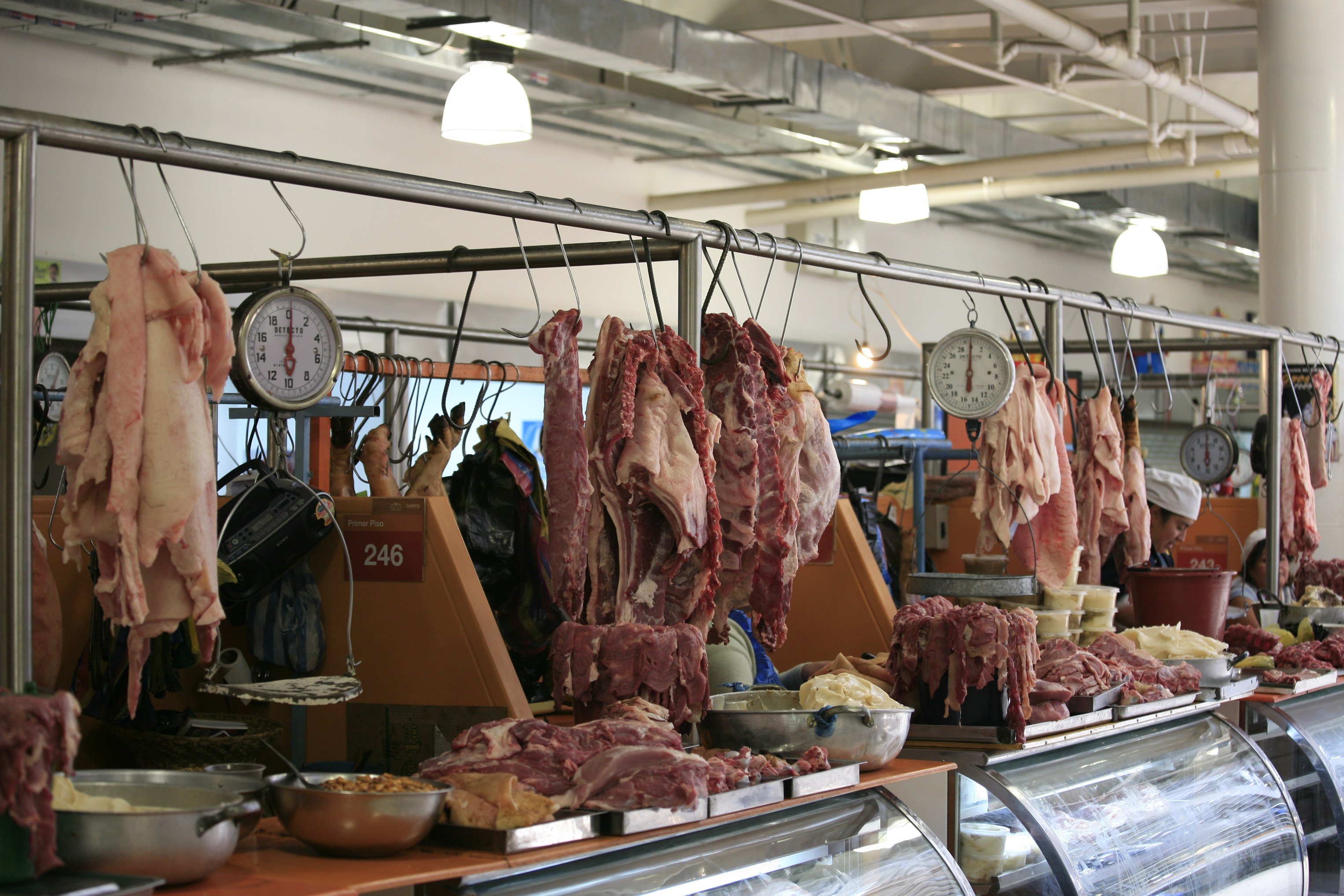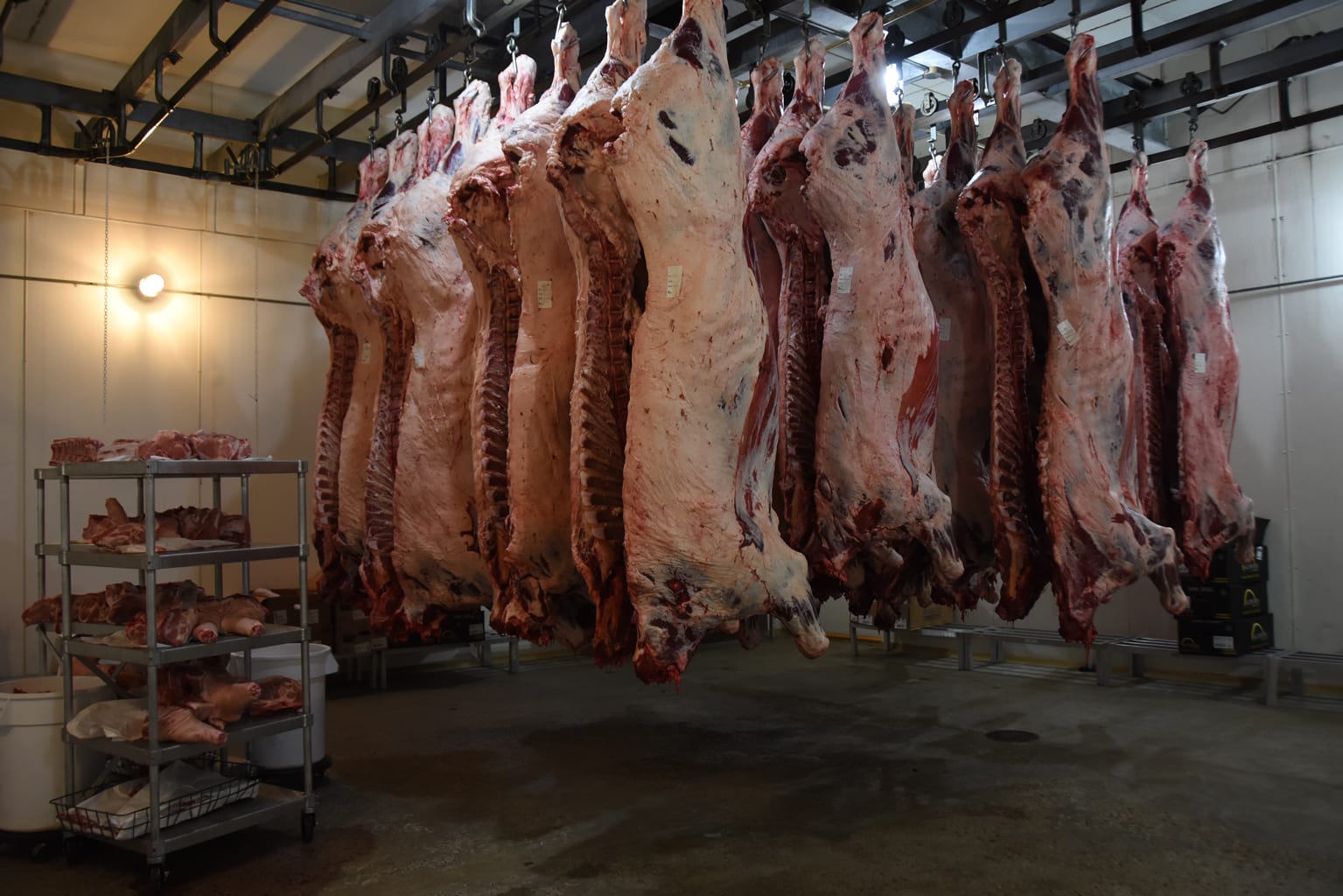Bagley Farms Meat Market Edwardsville IL: Your Trusted Resource for High-Quality Meats
Bagley Farms Meat Market Edwardsville IL: Your Trusted Resource for High-Quality Meats
Blog Article
Uncover the Art of the Butcher's Cut in a Modern Meat Market
In the ever-evolving landscape of modern-day meat markets, the butcher's cut has transcended its typical origins, merging age-old workmanship with modern techniques. What really sets the modern-day butcher apart is their capability to build a much deeper link in between consumers and the origins of their meat.
Advancement of Butchery Methods
The development of butchery strategies mirrors a rich tapestry of advancement and adjustment driven by innovations in technology, adjustments in consumer demand, and a much deeper understanding of meat scientific research. Historically, butchery was a craft gave through generations, with techniques refined over centuries to take full advantage of return and taste. Nonetheless, the industrial change ushered in mechanization, transforming typical techniques and allowing large-scale handling.
The mid-20th century saw butchery strategies even more fine-tuned by clinical understandings into muscle biology and meat aging, improving both inflammation and preference. Innovations like vacuum cleaner product packaging and refrigeration prolonged product shelf-life, permitting butchers to branch out offerings and enhance quality assurance. This duration additionally noted the surge of specialized devices, such as band saws and meat slicers, which raised accuracy and efficiency in meat handling.

Computerized systems now aid in tracking pet provenance and optimizing cuts to fulfill particular customer choices. Additionally, a revival in artisanal butchery has actually arised, mixing conventional skills with modern understanding to provide to consumers seeking honest and sustainable meat choices.
Comprehending Meat Cuts
Comprehending the details of meat cuts is essential for both butchers and consumers seeking quality and value. Each cut comes from a different component of the pet, imparting special tastes, textures, and cooking methods - bagley farms meat market edwardsville il. Mastery of these distinctions not only boosts cooking experiences but likewise maximizes the utility of each carcass. For butchers, exact cuts mirror skill and regard for the craft, ensuring minimal waste and optimal yield.

Understanding muscle composition is essential; muscle mass made use of a lot more often by the animal have a tendency to be tougher and are best fit for slow food preparation approaches, while less-used muscular tissues, like those located in the loin, are a lot more tender and ideal for barbecuing or roasting. Familiarity with these distinctions empowers consumers to make enlightened choices, improving their cooking endeavors.
Choosing Quality Meat
Choosing the appropriate meat involves more than simply selecting a visually appealing item from the display. bagley farms meat market edwardsville il. The art of selecting quality meat needs a discerning eye and knowledge of specific characteristics that represent freshness and quality. First of all, take note of the shade; beef needs to have a bright, cherry-red color, while lamb should exhibit a soft pink tone, and pork a pale pink. This suggests the meat is fresh and hasn't been revealed to oxygen for too lengthy.
Second of all, think about the marbling, which refers to the white streaks of fat within the muscle mass. Appropriate marbling is a crucial indicator of tenderness and taste, as it melts during food preparation, boosting the meat's juiciness. Keep in mind, higher marbling typically see this associates with premium quality cuts, such as USDA Prime.
Texture is one more critical element; meat must feel solid to the touch, not slimy or extremely soft. Additionally, be mindful of the scent. Fresh meat ought to have a tidy, neutral helpful site scent, devoid of any sour or off-putting odors.
Matching Cuts With Food Preparation Techniques

Alternatively, harder cuts like brisket and chuck roast are rich in collagen, which breaks down into jelly when prepared gradually. These cuts are ideal for braising or slow roasting, enabling the meat to tenderize gradually and develop deep, complex flavors. Cuts such as short ribs and pork shoulder fare well with slow-cooking techniques, where prolonged cooking times transform their robust structures into succulent meals.
Lamb shanks and oxtail, which need extended food preparation to tenderize, are ideal candidates for stewing or slow simmering. These methods coax out rich, passionate tastes while preserving wetness. By recognizing the unique qualities of each cut, chefs and home cooks alike can boost their cooking productions, making certain each recipe is both satisfying and unforgettable.
The Butcher's Duty Today
Browsing the evolving landscape of the contemporary meat market, the butcher's role today prolongs past mere preparation of cuts. Contemporary butchers are culinary craftsmens, educators, and advocates for lasting practices.
Along with crafting specific cuts, butchers now involve straight with customers, using cooking suggestions and tailoring choices to match specific requirements and choices. Their know-how in meat aging, marbling, and flavor accounts empowers look what i found consumers to make educated choices, boosting their culinary experiences. This individualized solution exhibits the butcher's developing function as a trusted advisor in the kitchen area.
In addition, butchers are pivotal in reducing waste, using entire pets to develop varied items such as sausages and supplies. This comprehensive technique not only appreciates the pet but likewise lines up with contemporary sustainability objectives. In this means, the modern-day butcher personifies both practice and innovation, adapting to an ever-changing market while preserving the artistry and integrity of their craft.
Conclusion
The modern butcher's craft intricately weaves traditional techniques with modern developments, highlighting sustainable practices and ethical sourcing. Proficiency in recognizing diverse meat cuts and quality indicators empowers butchers to provide enlightened referrals, straightening certain cuts with ideal cooking methods. This knowledge not only elevates cooking experiences however likewise strengthens the link in between consumers and the origins of their food. By recognizing historical techniques while welcoming contemporary demands, the butcher's duty continues to be crucial in today's sophisticated meat market (bagley farms meat market edwardsville il).
Report this page